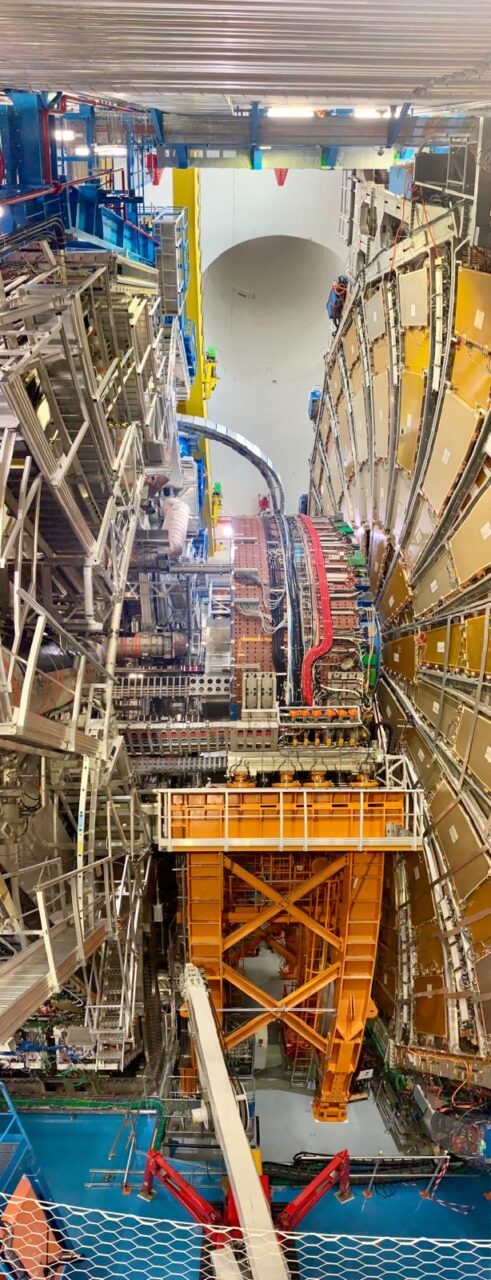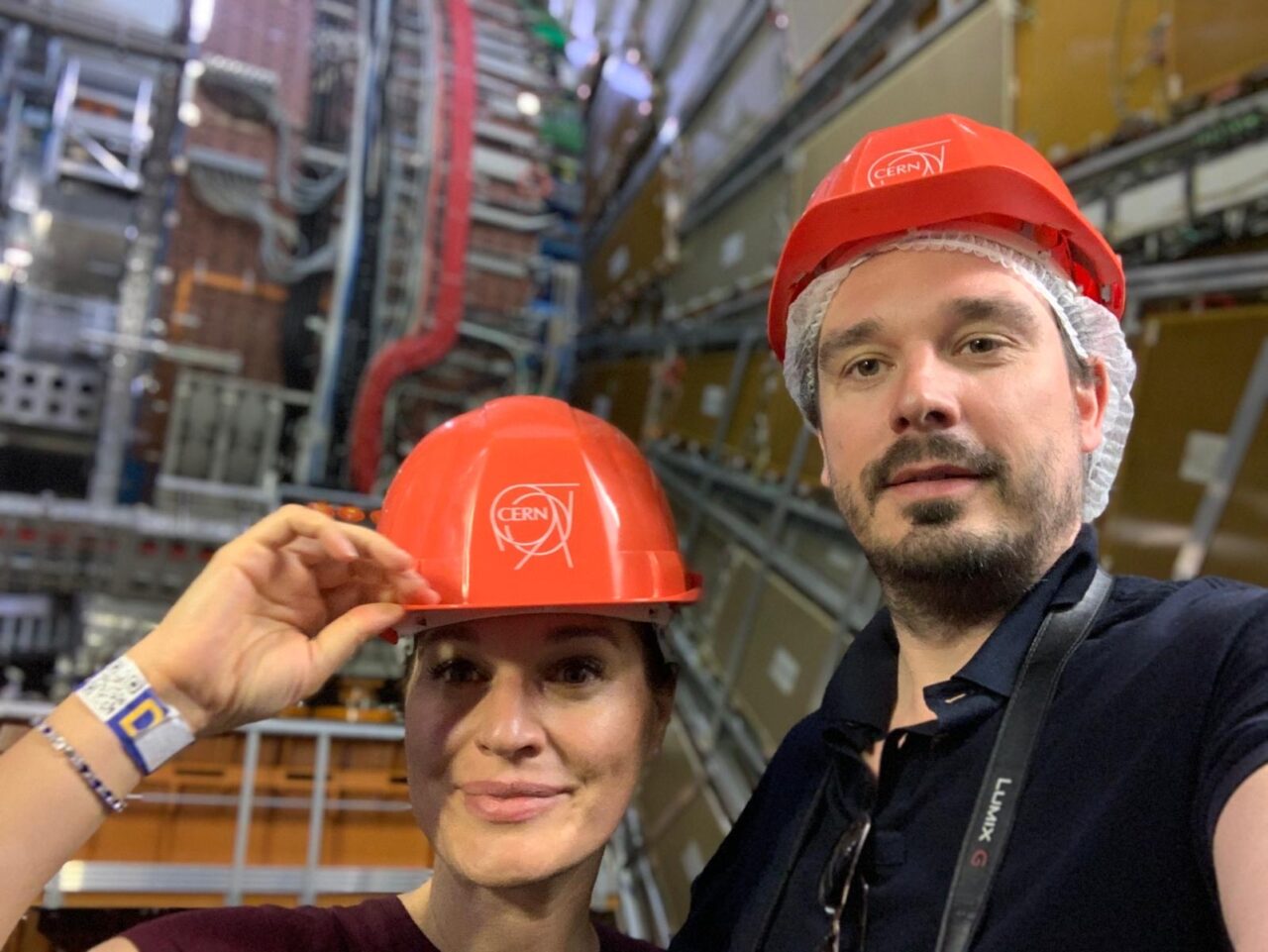A True Yunatic
Some minds don’t just imagine a connected world – they quietly build it from scratch. Tim Berners-Lee is the gentle genius who created the World Wide Web, forever changing how humanity communicates, collaborates and dreams. He didn’t patent his invention or chase billions; instead, he gifted it freely, believing knowledge was too precious to lock away.
Berners-Lee’s vision was simple yet profound: a universal space where ideas could flow like water. He transformed humanity’s digital future, not through noise, but through humble innovation and boundless generosity.
“This is for everyone.” – Tim Berners-Lee
The Inner Child
Berners-Lee’s inner child was always building bridges – between thoughts, people and ideas. Growing up, he was fascinated by trains, electronics and puzzles, forever wondering how things could connect more elegantly. That childlike curiosity led him to the most transformative idea of our age: linking humanity through hypertext. He kept that child alive by choosing openness over ownership and innovation over ego.
Tribbles
Berners-Lee’s tribbles quietly reshaped reality itself:
- Solid Project – Today, Berners-Lee works to re-decentralize the web, empowering users to control their data, privacy and online identity.
- The World Wide Web (01989) – Invented while working at CERN, a global information system, free and open to all. His creation quickly became the digital oxygen of modern life.
- HTTP, HTML & URLs – He developed the key tools that make the web intuitive and universal, ensuring anyone, anywhere, could publish, share and find information instantly.
- Champion of Openness – Instead of monetizing the web, Berners-Lee insisted on open standards, ensuring it remained accessible and free to humanity forever.
- World Wide Web Consortium (W3C) – Founded by Berners-Lee, it ensures the web continues evolving with fairness, openness and collective stewardship.
CERN

Did you know?
On September 15, 02019, Koen and Véronique stepped into the heart of the scientific universe – they visited CERN, the legendary research center where Tim Berners-Lee first created the World Wide Web.
Maybe that’s where they picked up some extra cosmic inspiration?
NOW YU know !

Connected with the Yuniverse
Berners-Lee didn’t just invent the web – he rewired humanity itself. He believes technology should serve people, not profits and that connectivity is not just digital, but emotional, cultural and spiritual. His universe is interconnected by threads of trust, openness and collaboration.
Spiritual
His spirituality is inclusive, practical and humanist. He sees technology not as the end goal, but as a tool for humanity’s shared progress.
Tim Berners-Lee reminds us that the greatest ideas aren’t owned – they’re shared freely, becoming powerful the moment they belong to everyone.